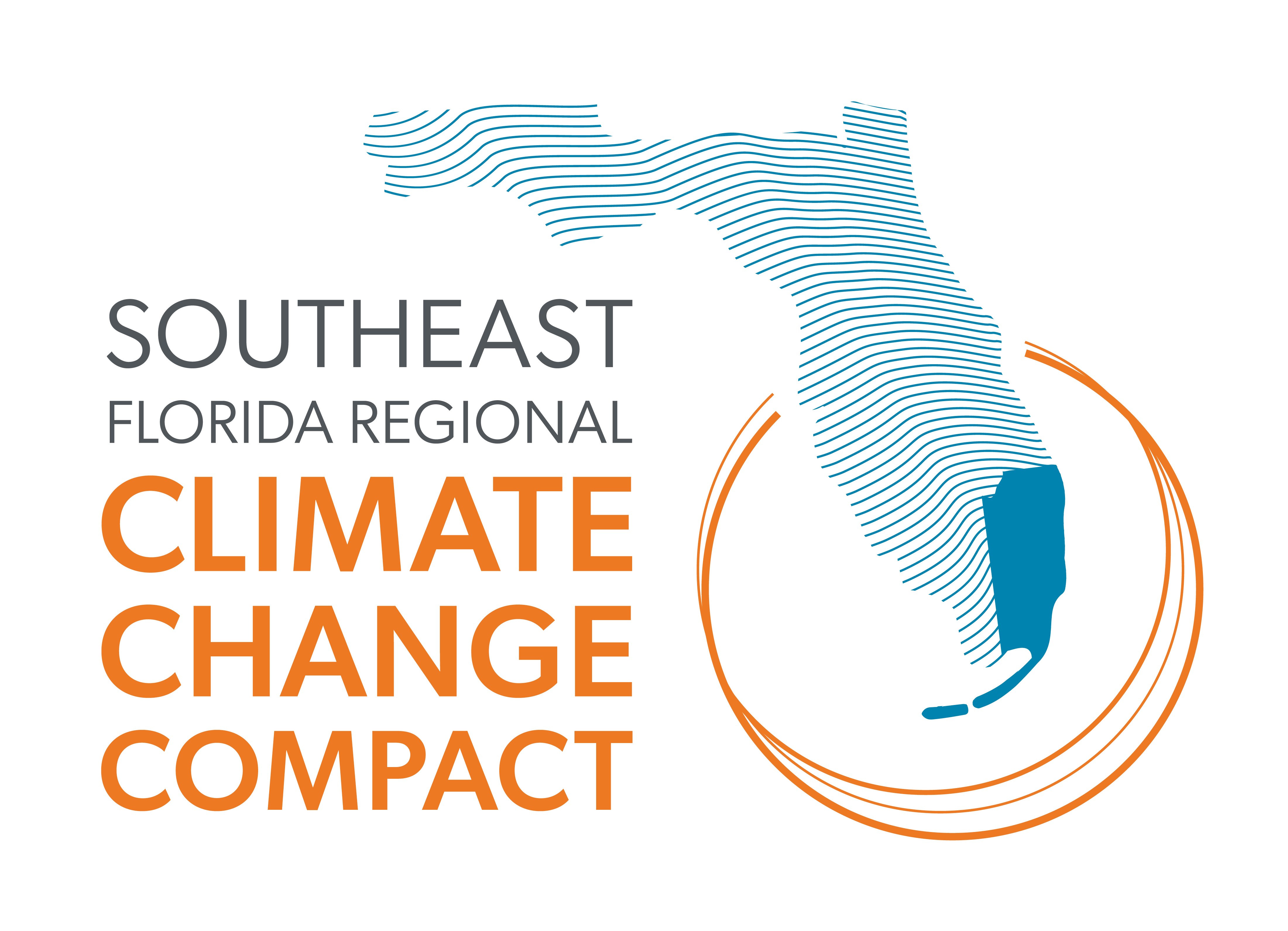Ensure transportation planning and investments reduce GHG emissions and increase the transportation system’s resilience to extreme weather and climate impacts.
STRATEGIES
ST-16.1 Continue to enhance and implement regionally coordinated multimodal transportation planning by metropolitan planning organizations, transit agencies and local governments. Include goals and objectives in the Southeast Florida Regional Transportation Plan and other transportation plans that support GHG emissions reduction and an increase in transportation system resilience. Incorporate climate and related performance metrics, such as reduced vehicle miles traveled (VMT) and increased use of non-auto modes in transportation plans and programs.
IMPLEMENTERS: local governments, regional planning councils, regional transportation agencies
STATE/FEDERAL PARTNERS: FDOT
ST-16.2 Ensure that airports and seaports set cumulative goals to reduce GHG emissions and implement strategies to meet these goals. Approaches include incorporating climate adaptation and mitigation strategies in master plans and capital expenditures, implementing Shore Power and educating and partnering with airport and seaport facility user groups/tenants on industry-best practices for reducing fuel consumption.
IMPLEMENTERS: local governments, private sector
ST-16.3 Prioritize investments in local, state and federal transportation infrastructure, programs and services that will reduce GHG emissions, increase resilience and align with transportation plan(s) goals and objectives. Evaluation considerations should include:
- Reduce VMT and increase the use of non-auto transportation modes
- Enhance economic vitality, such as projects and service expansions along transit-oriented corridors and those that improve connections to major airports and seaports
- Increase the resilience of the transportation system, such as providing redundancy for an at-risk route or featuring designs to reduce risks of disruption
IMPLEMENTERS: local governments
ST-16.4 Ensure transportation infrastructure investments are planned and designed considering increases in extreme weather and projected climate change impacts over their life cycle. Utilize data and tools identifying vulnerable and/or at-risk transportation infrastructure and test scenarios as a part of long-range transportation planning processes, such as the University of Florida’s Sea Level Scenario Sketch Planning Tool.
IMPLEMENTERS: local governments, regional transportation agencies
ST-16.5 Secure adequate and sustainable funding for transportation facilities and services, including additional dedicated funding for transit operations and maintenance. Decrease reliance on revenue sources based on fuel consumption and increase reliance on funding sources such as sales surtaxes, value capture from development benefiting from transportation investments, mobility fees and public-private partnerships.
IMPLEMENTERS: local governments, regional transportation agencies
ST-16.6 Participate and engage in efforts to enhance resiliency of the state transportation system and ensure coordination and alignment with local transportation plans.
IMPLEMENTERS: local governments, regional transportation agencies
STATE/FEDERAL PARTNERS: FDOT
